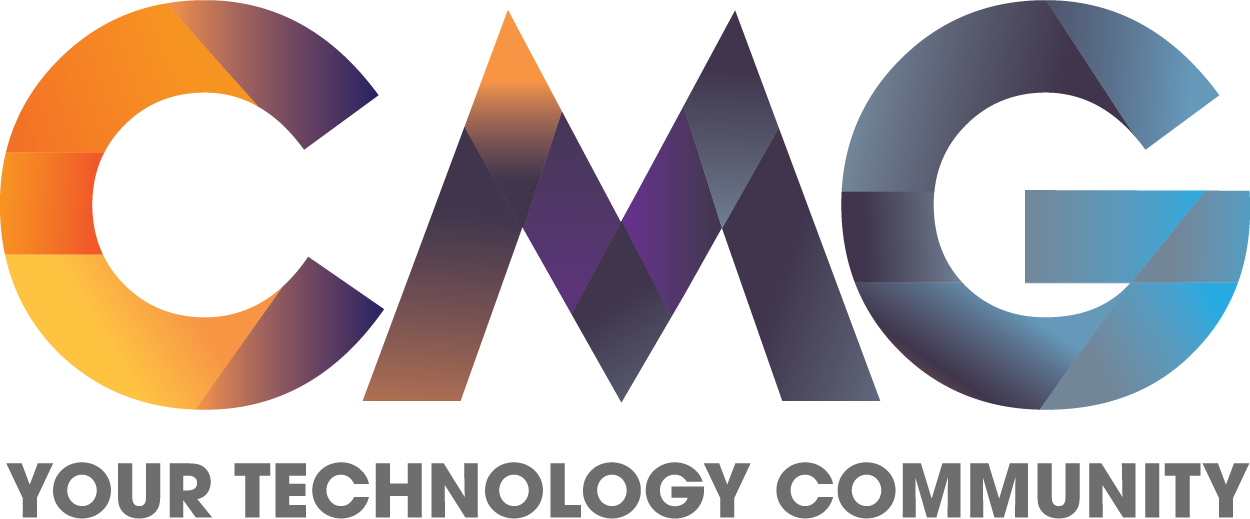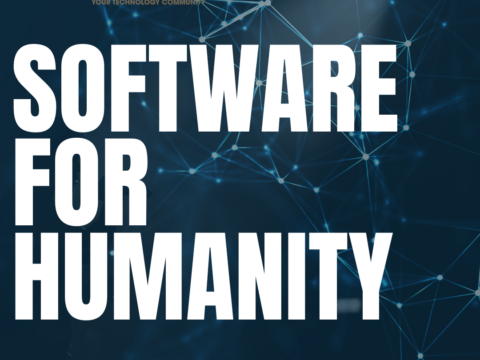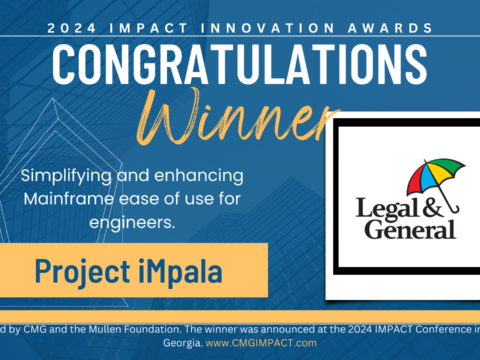Advancing to the Future of Service Management – Part 1: Core Components of Future-Ready Service Management

Optimizing Your Public Cloud for Maximum Efficiency
July 27, 2020
Interview with David Maillet, IT Director, DevOps, Performance & Quality Engineering, American Tire Distributors
July 29, 2020Written by: Imran Khan, Senior Vice President of Customer Success at BMC Software, Inc.
If you do not have a plan for future-ready service management in place, you probably should—it can mean the difference between meeting or beating the competition. To help you get started and learn from our experience, this two-part blog series will describe what it takes for an organization to evolve its service management capabilities toward autonomy, and how to get your digital transformation underway successfully.
Organizations know that artificial intelligence (AI)-enabled automation is the driver of efficiency, and companies are looking for ways to use it for managing complexity and scale. Accordingly, service management has moved to an advanced state of predictive automation that companies can derive benefit from today. AI has been hyped for years, but now these technologies have started to prove their capabilities and worth around advancing IT service management to zero-touch 360-degree service, a state of autonomous service management that provides a transcendent customer experience and automation everywhere. Some organizations are well on their way to maturing AI and robotic process automation within their service management function to achieve this, while others are struggling to know what it takes to get there, or how to start.
In this calendar year, businesses leveraging AI and automation are expected to recognize $60 billion in cost savings through productivity improvements alone. Companies should prepare now to advance their service management with the capabilities that today’s modern tools offer. In this first of two blogs, l will describe the core components of advancing to future-ready service management and in the second installment, I will share five key considerations as you plan your digital transformation.
Core Components of Advancing to Future-Ready Service Management
There are many technologies and disciplines that may be involved when transforming to a service model that prioritizes automation and cognitive technologies, those that “…perform and/or augment tasks, help better inform decisions, and accomplish objectives that have traditionally required human intelligence, such as planning, reasoning from partial or uncertain information, and learning (Deloitte Feb. 2018).”
However, at its essence, the transformation approach can be divided into two distinctive areas of focus: the “fulfillment” of information and the “consumption” of information. By dividing your effort into these two areas, you can achieve greater synthesis and unification across skill sets and groups by uniting them behind aligned objectives and outcomes. That said, from a fulfillment perspective, the transition to future-ready service management focuses on modernizing and automating operations to fulfill the service. From the consumption side, future-ready service management focuses on the end-user experience, which might include a self-service portal, chatbots, and virtual agents.
Digging deeper into the fulfillment side, the effort is dependent on the data, a well-defined operating model, and processes ready for automation. The skills or groups that need to be involved in developing your modern service management fulfillment experience typically include traditional ITSM subject matter experts. Their task, for example, will be to develop foundation data that begins with the end in mind (i.e., accurate ticket categorization, assignment rules, accurate reporting of service quality and operational effectiveness, and efficiency data). This foundation data will be incorporated to inform cognitive automation technologies like bots to “learn” what values to assign to tickets and requests. These data inputs are important to improving the quality of service delivery while enabling more effective root cause analysis for removing system problems that cause issues to customers. Further, creating well-written and focused self-service knowledge articles, videos, and other helpful aids enables chatbots to find solutions to natural language queries. Effective consumption cannot happen without a well-developed fulfillment approach, using fulfillment data to “train” new AI technologies to use the data.
The consumption initiative is most successful when it’s a team effort consisting of the service owners, knowledge owners, subject matter experts from the fulfillment side, and end user representatives along with the service management lead to drive to successful rollout. The team should start with a pilot effort to demonstrate value to the organization. For example, a pilot to get started with chatbot and self-service could be scoped around identifying the top ten most frequently requested services and the top ten knowledge articles, and then plotting around each of the representative questions that align to them.
By breaking the transformation to future-ready service management into fulfillment and consumption initiatives, you will ensure alignment of the right skills to the tasks at hand. Even further, it breaks the program into manageable segments. Your effort will also benefit from the cross-functional collaboration that will develop on the consumption initiative—feedback from various perspectives enables creation of experiences that are more likely to resonate with end users. Lastly, setting a pilot to test a cluster of services will build confidence within the team and the end users, which will provide important momentum for expansion. In my next article, I will go into five key considerations your organization will need to address before kicking off your fulfillment and consumption initiatives. These considerations will help you perform analysis core to transformation success.





